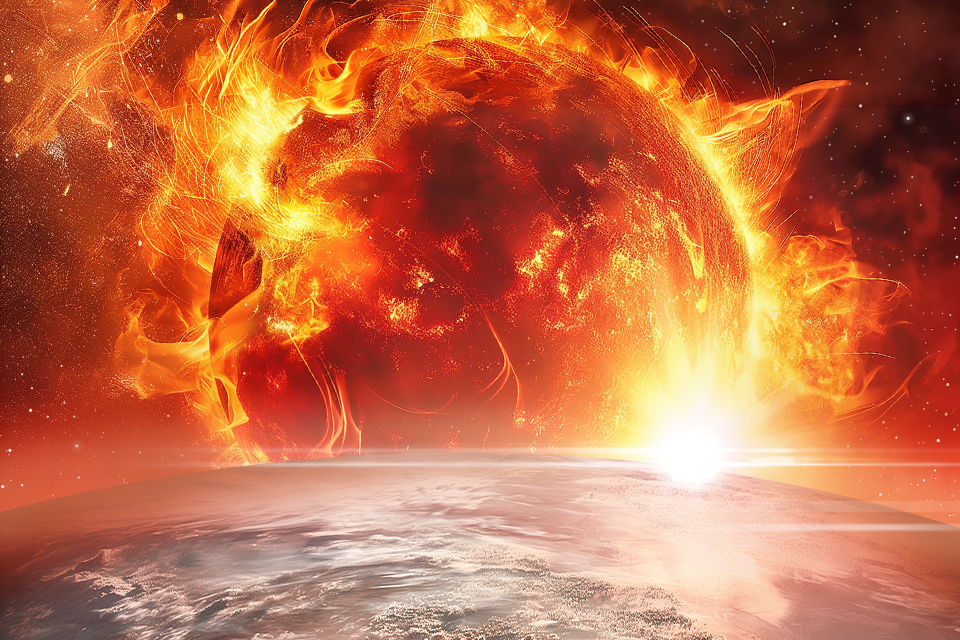The question of when the Sun will finally fade out has been bothering people since ancient times. One of the greatest horrors of humanity is to be left without the main (and sometimes the only) source of heat and light. Now we know that our luminary has about 4.5 billion years left before it begins to turn into a red giant, although some researchers name longer periods. Moreover, in the next stages of its evolution, it will radiate much more powerfully for about a billion years than it does now. But there is also bad news: The Earth will remain habitable for much less time.
It will become impossible to live on our planet, not because of the fading of the Sun — the main problem will be that over time it will become brighter. Due to this, after 1.3 billion years, the average temperature of the earth’s surface will increase to be completely unsuitable for human existence (unless Homo sapiens will be able to evolve into some more “heat-resistant” biological species). However, it seems that many organisms — primarily unicellular ones — will be able to adapt to new conditions, but in the end this will not help them.

In about 2 billion years from now, the Earth will heat up to the boiling point of water. After that, the oceans will evaporate quickly enough, the formed water vapor will lead to an increase in the greenhouse effect, and the Earth will become more like the current Venus. The remains of reservoirs will be “kept” for some time by a high concentration of salts, and in them, perhaps, the last living cells will exist — from those that modern biologists call “extremophiles“. Now such bacteria are found, for example, in the vents of underwater volcanoes or deep underground. In the future, the whole planet will become such an “extreme environment”.
A detailed study of sun-like stars at different stages of their development suggests that it is highly likely that after the Sun turns into a red giant, its radius will increase more than a hundred times, and the Earth will eventually be absorbed by it. Obviously, the same fate awaits Mercury, Venus, and almost certainly Mars. If the distant descendants of mankind will observe all these processes, they will do so from a great distance and with the help of reconnaissance robots specially left in the Solar System.
And then the outer atmosphere of our luminary, gradually expanding in the form of a planetary nebula, will disperse into outer space, and a hot superdense core of relatively small size — a white dwarf — will remain from it. For several hundred million more years, it will continue to be warmed up by gravitational compression, after which it will only cool down. By that time, the age of the universe will be approaching 25 billion years…
You can also view the most detailed images of the solar surface obtained by a ground-based telescope.
Follow us on Twitter to get the most interesting space news in time
https://twitter.comne/ust_magazine


